The people on Australia’s banknotes

It’s a question that stumbles teams at trivia nights across the nation – we see most of them daily, but for many, the names and stories behind the faces on Australia’s banknotes remain a mystery.
The Reserve Bank of Australia, assisted by a panel of consultants as well as suggestions from the public, decides who to feature on our banknotes. Ranging from poets to protesters to socialist social workers and opera singers, these figures lived large lives that shaped Australia’s history and identity.
$5 Australian bank note
Queen Elizabeth II
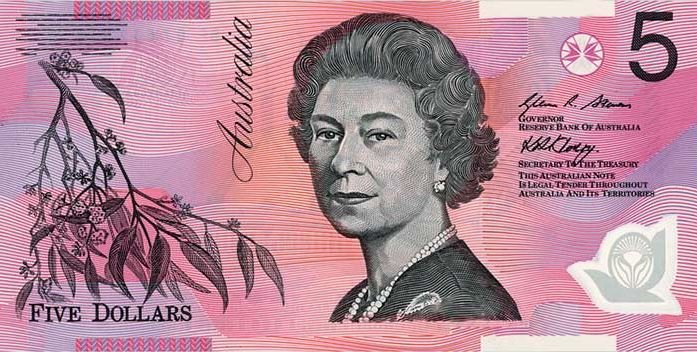
Easily the most recognisable figure on Australia’s banknotes is Queen Elizabeth II, who features next to a sprig of eucalyptus on the five dollar note.
The Queen has featured on Australia’s money since 1966, where she graced the now-discontinued $1 paper note. Currently, her likeness is based off a portrait the Reserve Bank commissioned in 1984 – thirty years later, we use the same image.
The Queen is no stranger to banknotes; she’s appeared on the currency of over thirty countries, the first being Canada’s $20 note in 1935, back when she was only nine years old.
On the back of the $5 note are sketches of both the Old and the New Parliament House in Canberra.
Occasionally, you may see a different face peering up from your five dollar note. In 2001, notes featuring Sir Henry Parkes, a politician nicknamed the “father of Federation” for his continual pro-Commonwealth activism, and Catherine Helen Spence, a respected leader of the suffragette movement and prolific author, were printed to celebrate the Centenary of Federation.
$10 Australian bank note
Banjo Paterson
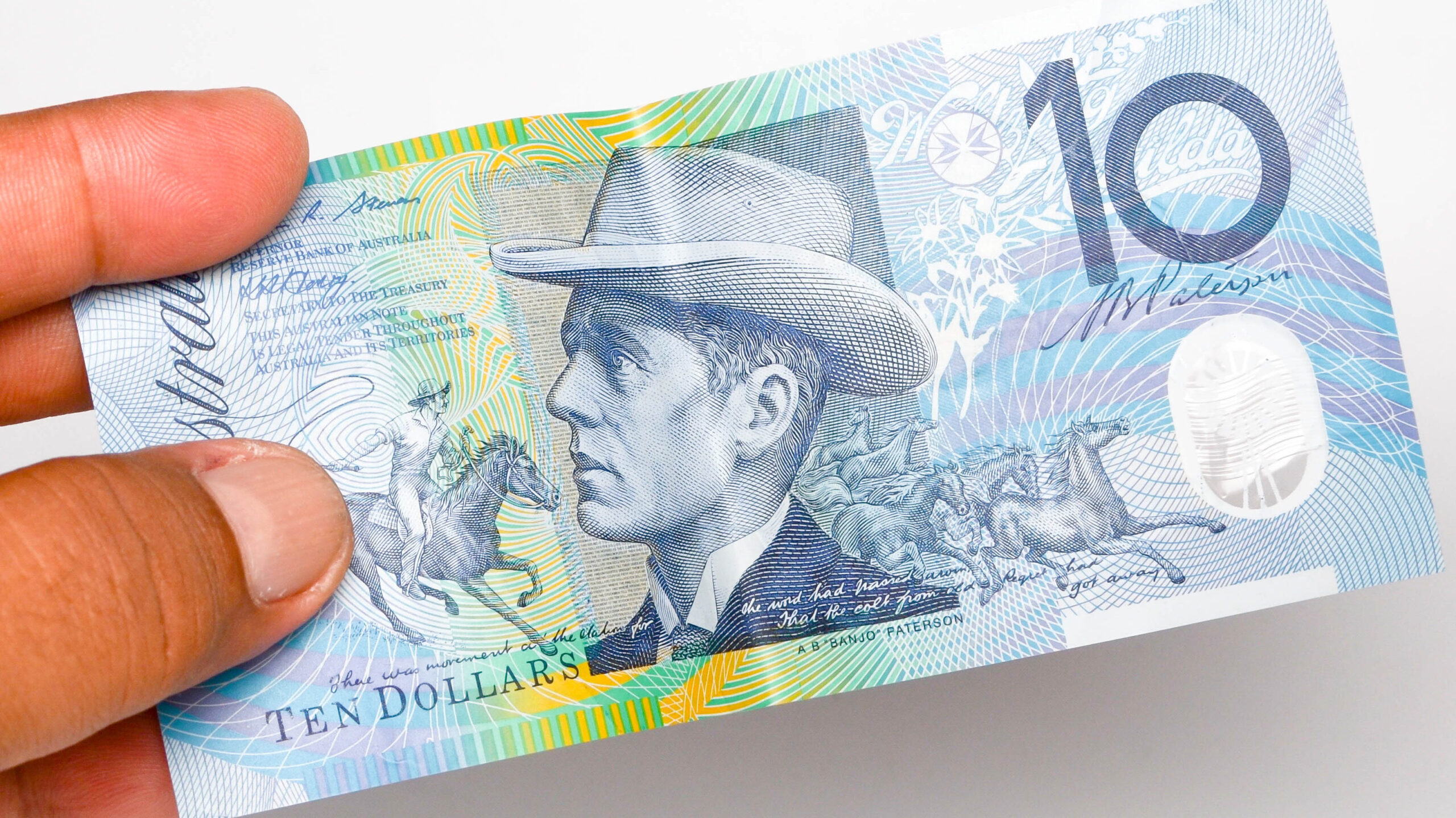
Andrew Barton Paterson (1864-1941), or Banjo Paterson, the poet behind ‘Waltzing Matilda’ and ‘The Man from Snowy River’, was born in 1864 at Narrambla, near Orange, NSW.
As a child, Banjo grew up in the Yass district of NSW enraptured by the world of stockmen and drovers that surrounded him and which would later be central to his poetry. After finishing school in Sydney in 1875, he worked as a lawyer.
His first published poem, ‘El Mahdi to the Australian Troops’, was published in The Bulletin in February 1885. He wrote under the pen name ‘The Banjo’, after the station racehorse owned by his family.
Banjo’s poetry proved popular. He remained anonymous until his first poetry collection, The Man from Snowy River, and Other Verses, was published in 1895 and sold out in a week, establishing Banjo as a literary celebrity.
Banjo, who spent most of his life living in the city, was most popular with urban audiences. His ballads and verses presented – and continue to present – a powerful image of the bushman and country life, creating a mythic figure and embodying the colony’s resilience and determination in the face of hardship and harsh country conditions. Banjo became somewhat of a stoic-figure like that of the working class men of his poems; a laborious lyricist and folk-poet.
After the success of his writing, Banjo became a journalist, leaving law in 1902. He wrote long form stories and verses for multiple Australian and international newspapers, continuing to write and publish work until his death on 5 February 1941.
Fragments of ‘The Man from Snowy River’ also feature on the $10 note.
Dame Mary Gilmore
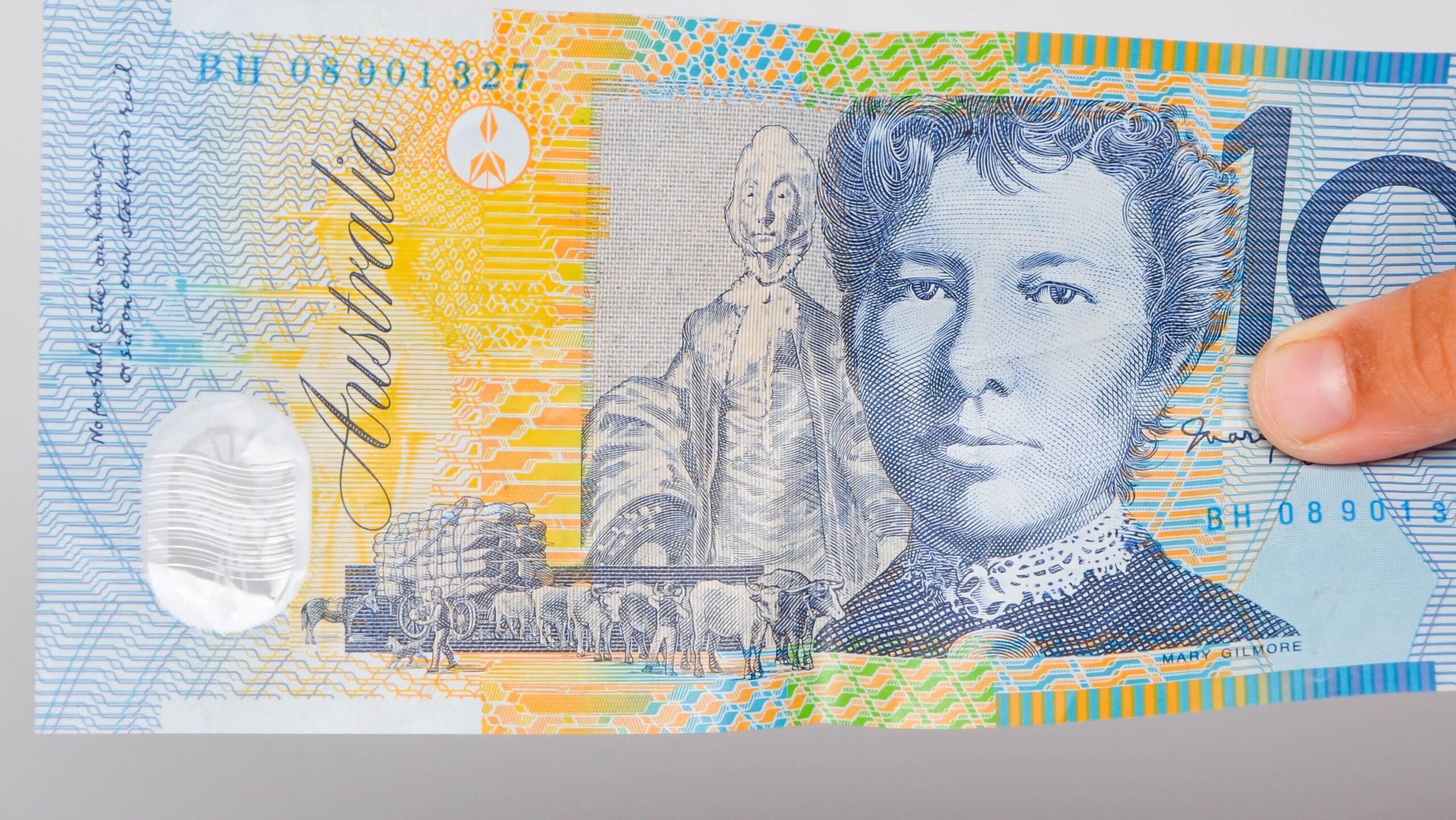
Mary Gilmore (1865–1962) was a prolific writer and socialist, passionate about the protection of workers’ rights and the welfare of women, children and indigenous Australians.
Mary wrote about workers’ conditions and socialism under pseudonyms in order to protect her government job as a schoolteacher. Mary moved to Sydney in 1891 where she became publicly involved in socialist circles. In 1896, Mary left Australia to live at Cosme, the second attempt of a socialist ‘New Australia’ colony in Paraguay. There, she met and married fellow colonist William Gilmore.
Returning to Australia in 1902, Mary began to write prolifically for a slew of magazines, literary journals, and newspapers. She was perhaps best known for founding and editing the woman’s page of the Australian Worker in 1908, continuing as editor until 1932.
Mary’s poetry collections expressed her political opinions. Debut collection Marri’d (1910) saw a female author articulate the banalities and restrictions of domestic life, while The Passionate Heart (1918) derided the brutality of war, and The Wild Swan (1931) was a critique of the destruction of Aboriginal life and customs.
In 1937 Mary became the first person to be appointed Dame Commander of the British Empire for contributions to literature. A patriotic but critical writer and activist, Mary continued to write until her death at age 97 on 3 December 1962, survived by her grandson and a massive body of work that envisioned a fairer nation.
$20 Australian bank note
Mary Reibey
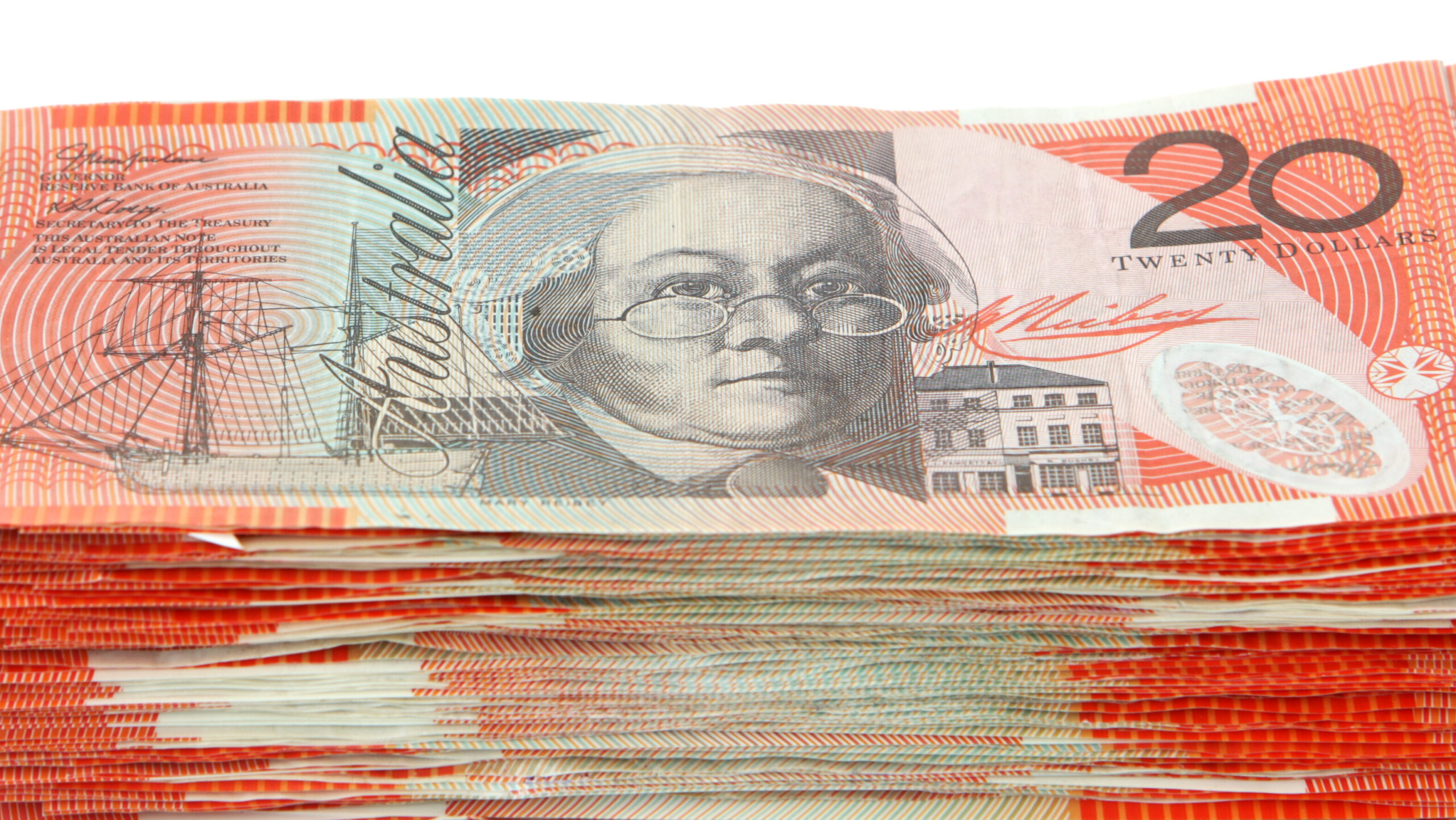
Accomplished businesswoman and trader Mary Reibey (1777-1885) was born Mary Haydock in Bury of Lancashire, England, but soon found herself shipped to Sydney as a felon at age 13.
She was convicted of stealing a horse in Stafford, over 100km away from home, dressed as a boy and living under an alias of James Burrow at the time – the disguise only fell through months later at trial.
It’s hard to know why she was running away from home cross-dressing, but biographers have linked it to the rebellious and strong spirit evident throughout Mary’s entrepreneurial life.
After working as a nursemaid for two years, Mary married Thomas Reibey in 1794, a successful trader and merchant who, alongside business partner Edward Wills, would die from illness in 1811. Mary took over the business, expanding it greatly through congenial and perhaps not-so-congenial manners – in May 1817 she was convicted of an assault upon John Walker, one of her debtors.
After purchasing several more ships, Mary built extensively throughout Sydney, including a warehouse on George Street which features behind Mary on the $20 note, alongside the schooner Mercury, one of her ships.
A true rags-to-riches story, Mary was a successful businesswoman who remained unmarried, retiring off her properties and building a house in Newtown in 1828. She died on 30 May 1855, survived by two of her seven children.
Reverend John Flynn
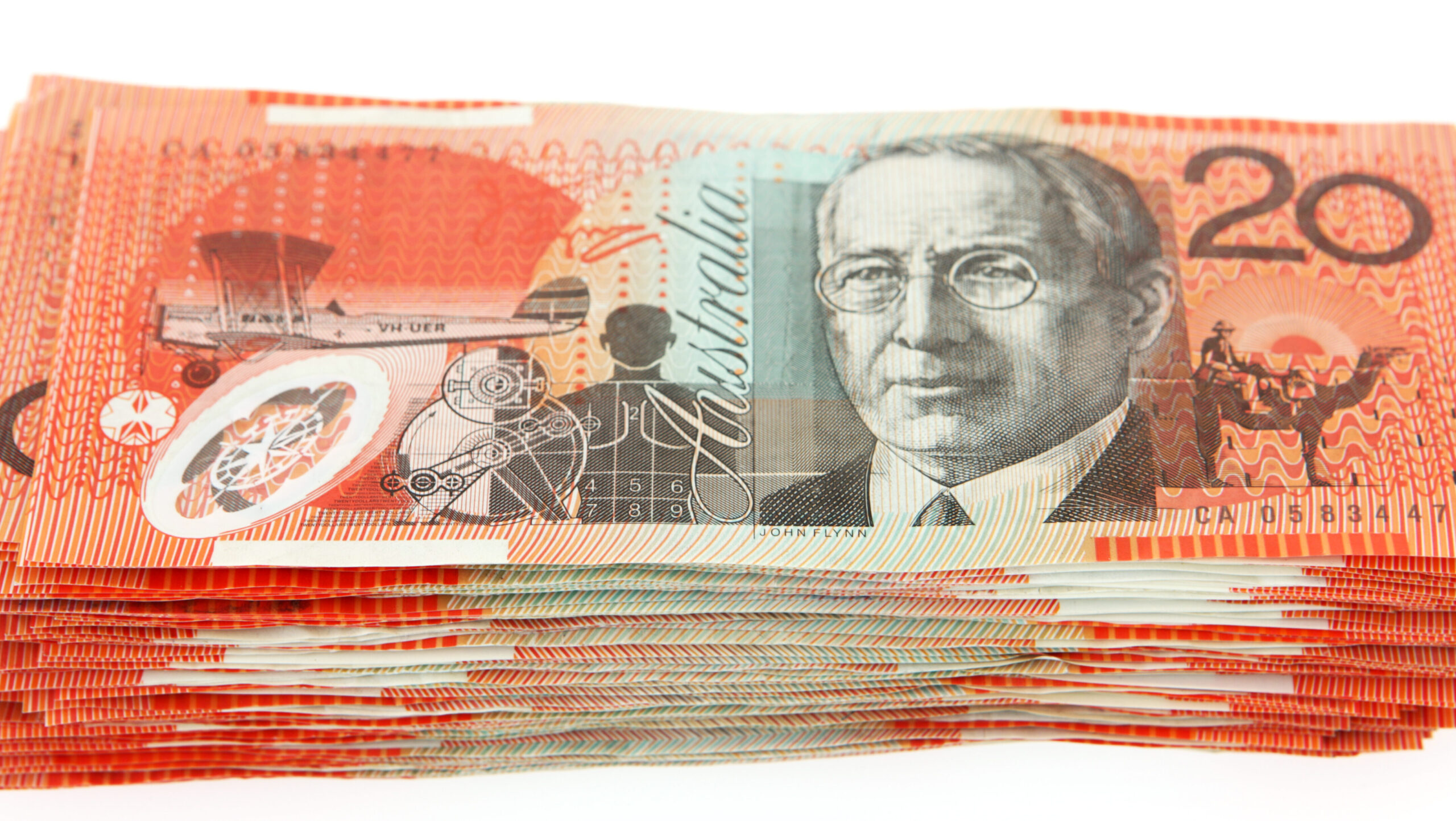
Reverend John Flynn (1880-1951), born in Moliagul, Victoria, was a Presbyterian minister who was instrumental in founding what is today known as the Royal Flying Doctor Service.
In 1911, at age 31, John was ordained into the ministry. He volunteered in rural areas and completed a survey of the Northern Territory, writing two reports on the respective needs of Indigenous and settler communities. Passionate about health, in 1912 John was appointed head of the new Australian Inland Mission, creating hospitals across rural areas.
John’s private letters reveal his plans for an aerial service long before the Australian Aerial Medical Service began with its maiden flight on 17 May 1928. The maiden plane, the Havilland aircraft Victory, is pictured alongside John on the $20 note. Also featured is a camel, a reference to the 1913 Patrol Padres, a camel-back medics and missionary service that John financed.
John continued to improve the Aerial service by pushing and lobbying for governmental support. By 1942, he had created the Flying Doctor Service of Australia. Renamed after his death, the Royal Flying Doctor Service is now one of the world’s largest aeromedical organisations, providing 24-hour emergency care to people over 7.3 million sq km.
$50 Australian bank note
David Unaipon
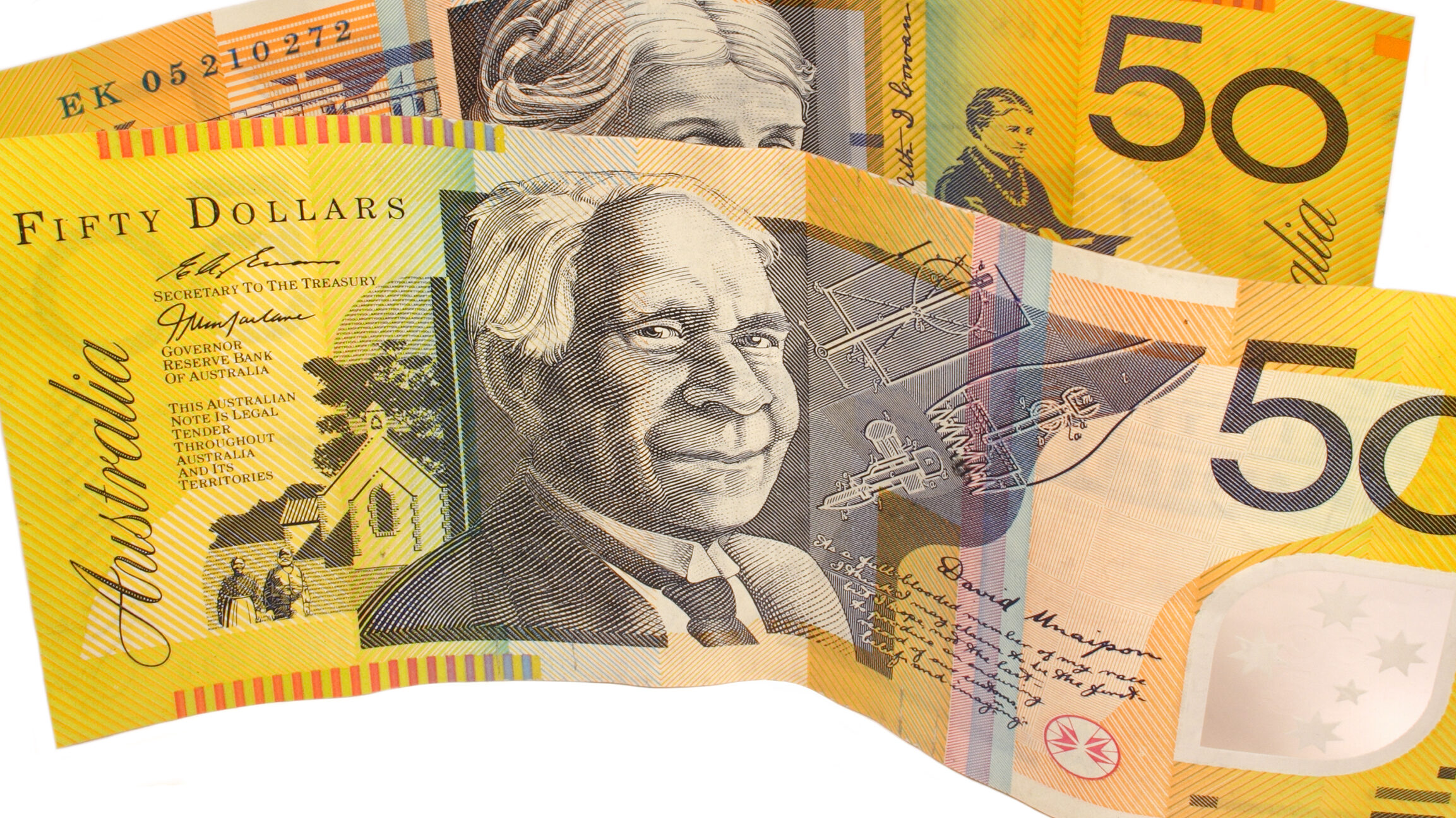
Regarded as ‘Australia’s Leonardo da Vinci’, David Unaipon (1872-1967) was a prolific inventor, preacher, writer, Aboriginal public figure and spokesperson for Indigenous rights.
An Ngarrindjeri man, David was born and raised at the Point McLeay Mission, South Australia. Attending the mission’s school, he was its first Aboriginal convert.
An autodidact, David studied science and philosophy after school when working as a servant. He patented a sheep shearer in 1909, and his theories of flight – based off his knowledge of a boomerang’s path – were released in 1914 to much acclaim.
David was supported by the mission and highlighted as the ideal example of a converted Aboriginal Australian, granting David a platform that most Aboriginals were not afforded under the White Australia Policy.
With this, he leveraged for greater understanding and respect for Aboriginal culture. Working with the Aborigines’ Friends’ Association, David travelled Australia lecturing on Aboriginal culture while preaching and demonstrating his own inventions.
David became the first published Aboriginal in 1924, writing for the Daily Telegraph. His articles and later books were well-researched and un-paternalistic accounts of Aboriginal mythology and culture.
David advocated for better Aboriginal living conditions repeatedly as an Indigenous spokesperson, including the 1926 royal commission regarding the treatment of Aboriginals.
He continued to work into his nineties towards his two life-long passions: discovering the science behind perpetual motion, and establishing a better life for Indigenous Australians. David died at age 95 on February 7 1967.
His patent for the sheep sheerer can be seen on the $50 note.
Edith Cowan
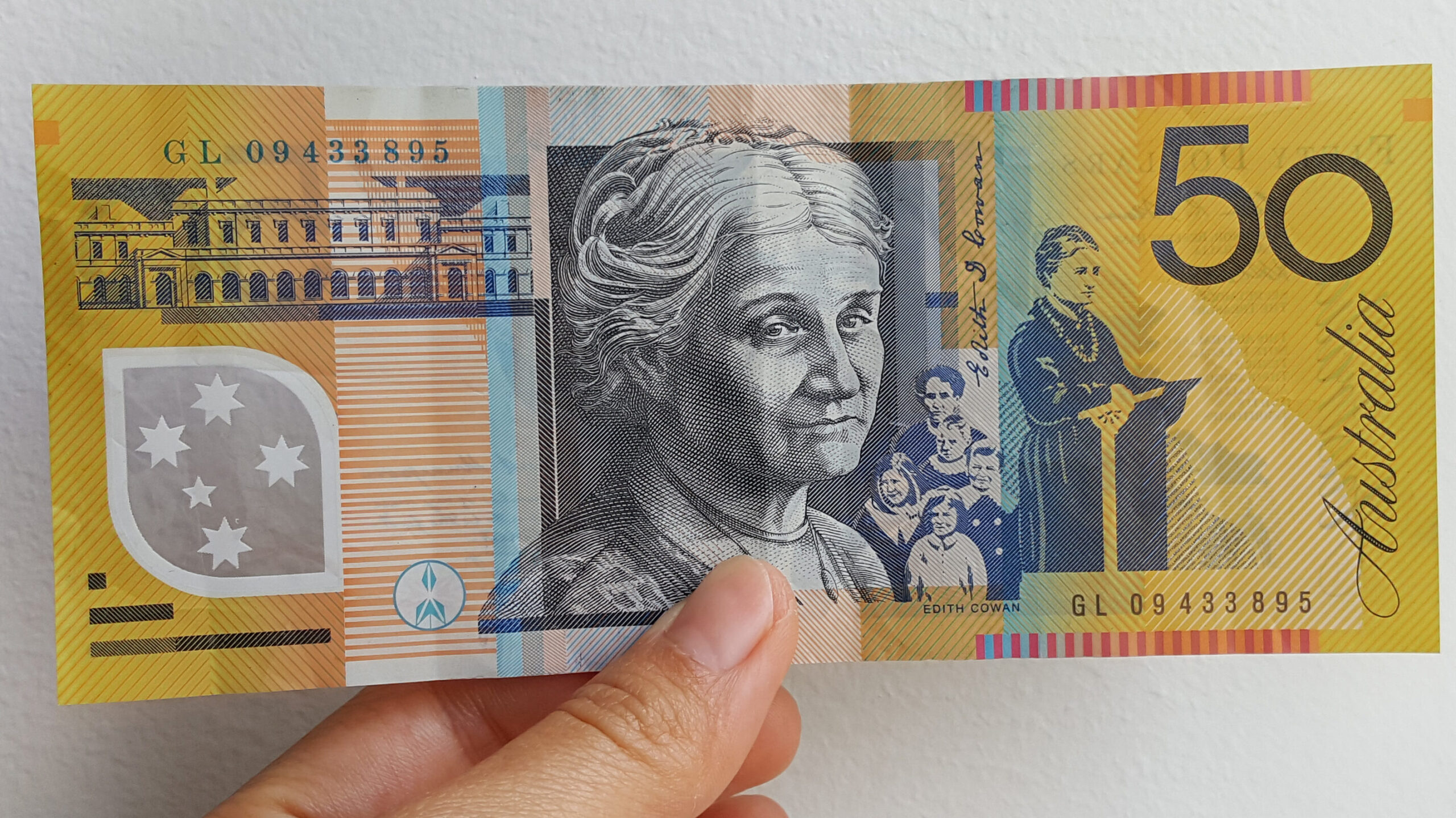
Edith Dircksey Cowan (1861-1932), Australia’s first female politician, was born on 2 August 1861 at Glengarry near Geraldton, Western Australia.
Marrying James Cowan, a police magistrate, Edith firsthand saw the effect of the law on women and became involved social reform. From 1891, she volunteered and helped found a variety of charities and organisations, including the Children’s Protection Society, the Women’s Service Guild, and the Red Cross. As a result of Edith’s lobbying, a Children’s Court was established in 1907, and in 1915, she was appointed to the court bench.
Edith became the first female Member of Parliament when elected to the Legislative Assembly of Western Australia in 1921. Ironically, she won the seat against T.P. Draper, the Attorney-general who had passed the legislation that allowed women in Parliament.
Edith was in Parliament for just one term but in this time, she promoted infant health centres, migrant welfare, and pushed for sex education in state schools. In 1923, she passed the Women’s Legal Status Act, allowing women to practice law. After her term, Edith continued to lobby and promote women’s rights before passing away at age 70 on 9 June 1932.
$100 Australian bank note
Dame Nellie Melba
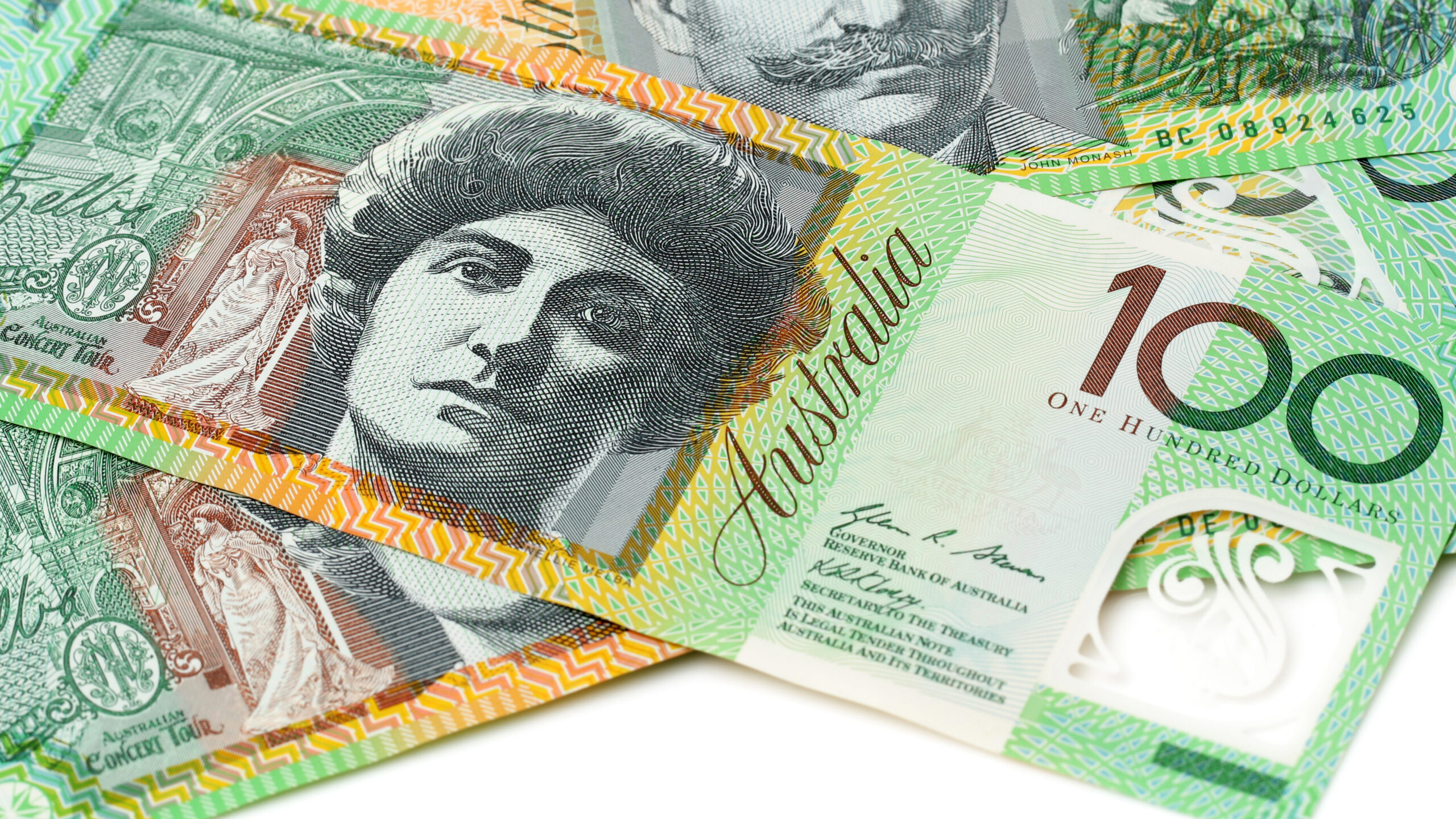
Helen Porter Mitchell (1861-1931), better known by stage name Dame Nellie Melba, was an internationally renowned opera singer, touring worldwide with her near three-octave soprano range.
Nellie was born in Richmond, Victoria but moved to Queensland with her father following the death of her mother and youngest sister in 1881, meeting and marrying Charles Armstrong a year later. Nellie did not enjoy the marriage, which ended in divorce in 1900. Her frustrations were channelled into her singing career.
Nellie sung in Australian concerts, but her first Opera debut, in 1887, was in Brussels, Belgium, as Gilda in Verdi’s Rigoletto. A debut in Paris followed and an acclaimed career began. Nellie was based overseas, but regularly returned to Australia to perform. Her largest homecoming tour was in 1902 – the tour program is depicted on the $100 note.
Between 1904 and 1926, Nellie made almost 200 recordings. She retired in 1928 after a series of final concerts across Australia before retiring, passing away on 23 February 1931.
Sir John Monash
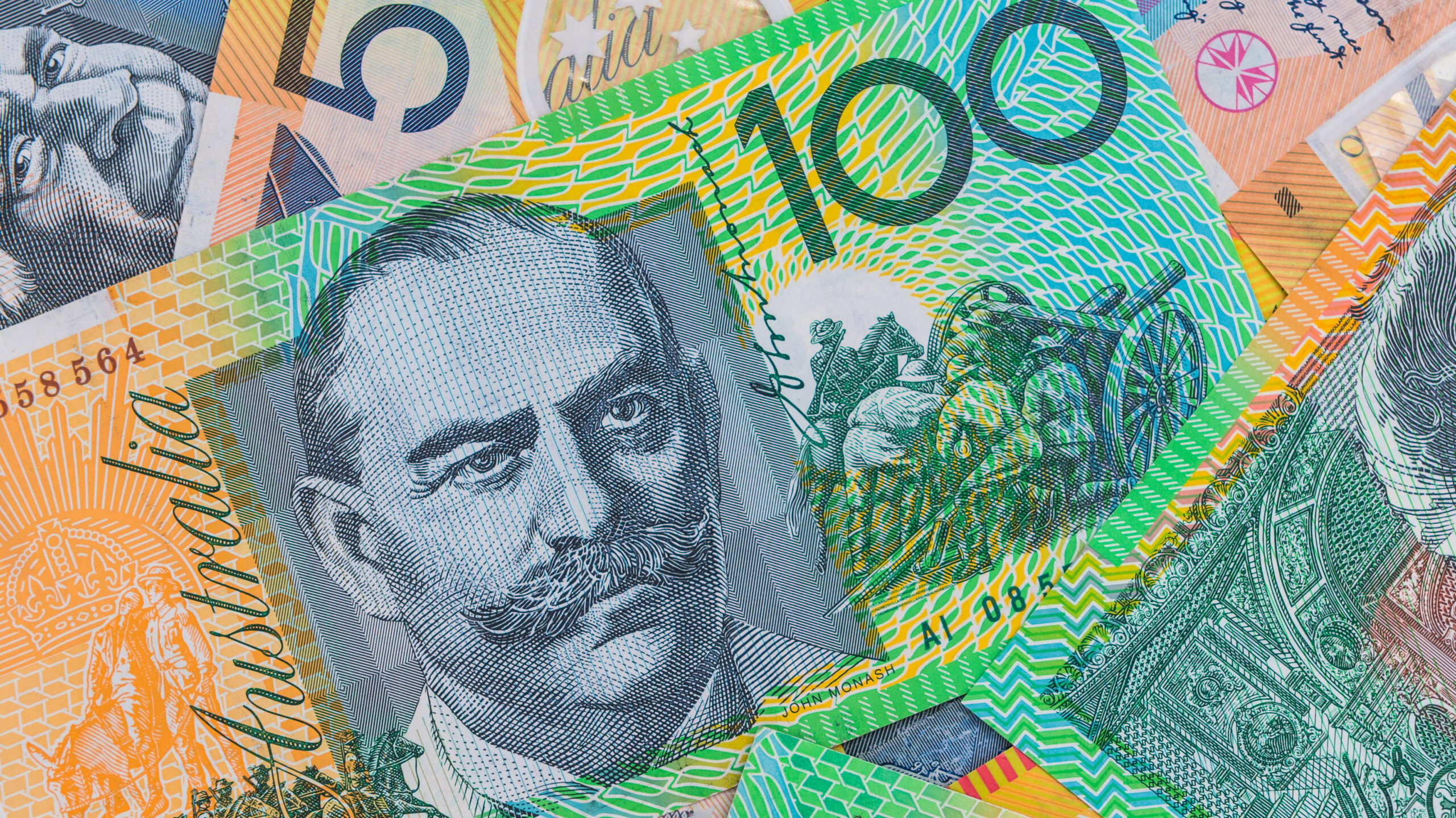
Sir John Monash (1865-1931) was an engineer, university vice-chancellor and an accomplished military officer during World War I.
An ambitious and gifted scholar, John studied arts, engineering and law at the University of Melbourne, graduating after ten years of study in 1892. Repeatedly retrenched from engineering work, John increasingly focused on a military career.
He rose through the military ranks, and at the outbreak of WWI, John was appointed commander of the 4th Infantry Brigade of the Australian Imperial Force, fighting in Gallipoli until 1915.
Monash was repeatedly promoted and awarded throughout the war, respected for his logical moves and calm-headedness. In 1916, Monash became Major-General of the 3rd Australian Division and in 1918, Lieutenant-General of the Australian Corps.
John remains renowned for his efforts in overseeing the successful Battle of Hamel in July 1918, and his post war duties as Director-General of Repatriation and Demobilisation, where he organised education schemes for soldiers.
After the war John returned to engineering and university, becoming chairman of the State Electricity Commission of Victoria in 1921 and vice-chancellor of the University of Melbourne in 1923.
When he died on 8 October 1931, an estimated 250,000 mourners attended his state funeral. As a tribute, Monash University was named after John.








